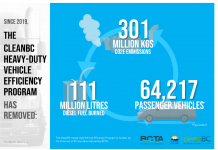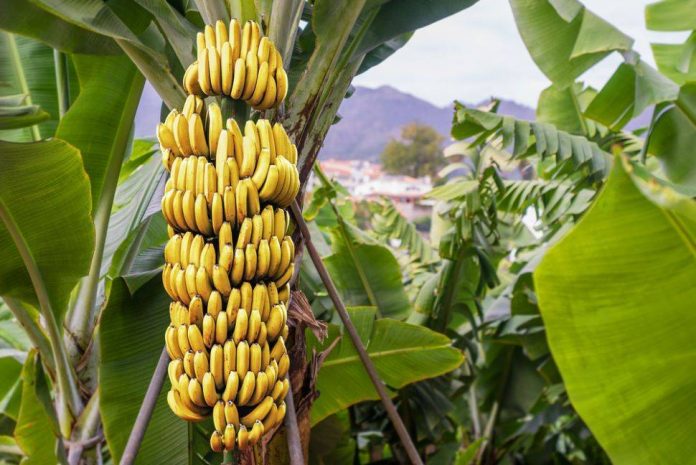Some fortunate Canadians can escape winter’s grasp and journey to the sunny south. But for the remainder of us, we can enjoy a taste of sunshine whenever we peel down the skin of a banana. The banana travels thousands of miles northward to our tables from tropical plantations. It is the number one fruit in Canadian diets. To do so, it has had to become a true world traveler. That was not always the case.
The yellow banana is a delicate tropical fleshy yellow fruit that is actually a berry. It carries seeds inside a fleshy endocarp (the part of the banana we eat). The banana has been called “the perfect food” it is fat and cholesterol-free, supports our immune systems, and protects our hearts. They are full of essential vitamins, minerals, and fibre. They even come in their own protective organically disposable wrapping, its skin.
To travel, it has developed its own supply chain. From the plantation to the grocery shelf, a complete ecosystem exists. It must be picked and packed by hand, then shipped and refrigerated for thousands of miles before reaching our door. The banana has become big business.
Before the 20th century, the banana was considered an exotic, expensive delicacy. Indigenous to Asia and The Middle East, plants were exported in the mid-1800s to the Caribbean and Latin America. Soon plantations were popping aided by cheap land, labour, and perfect growing conditions. Then export to North America began aided by the invention of steamships and steam trains, which halved travel times, giving us a fresher product.
Ice-cooled warehouses were built, and supply lines developed and improved. As the banana industry grew, so did their availability and acceptance in the marketplace.
The banana is a perfect example of both the supply chain and the supply-demand curve. Once economical, fast, and dependable transport was established, more plantations came into production. Increasing production meant greater competition which continued to drive prices down. Which developed and expanded the marketplace. The key was providing a consistent product and constant supply to the market.
Globally bananas are second only to tomatoes in consumption and are the number one fruit in Canada. Apples are number two. Canadians eat an average of over 30 pounds of bananas annually. That amounts to over $600 million each year, representing 9% of all fruit we import. Some would say that truly is no small potatoes.
Most of the bananas we consume in Canada are from Latin and South America. Guatemala, Costa Rica, Colombia, and Ecuador.
Life on the road is not easy for the perfect fruit. Transportation costs are rising, as supply chain issues affect all in transit fruits and vegetables from the south. A new fungus that kills plantations has the potential to upset the marketplace. Major producers like Chiquita, Dole, and Del Monte have a lot at stake.
As our food dollar gets squeezed by inflation and supply chain concerns, the superfood banana has become a constant in our diets. Quick and nutritious, it is hard to beat the benefits of a banana, and it’s already packed in its yellow suitcase, ready to take on the world!






















